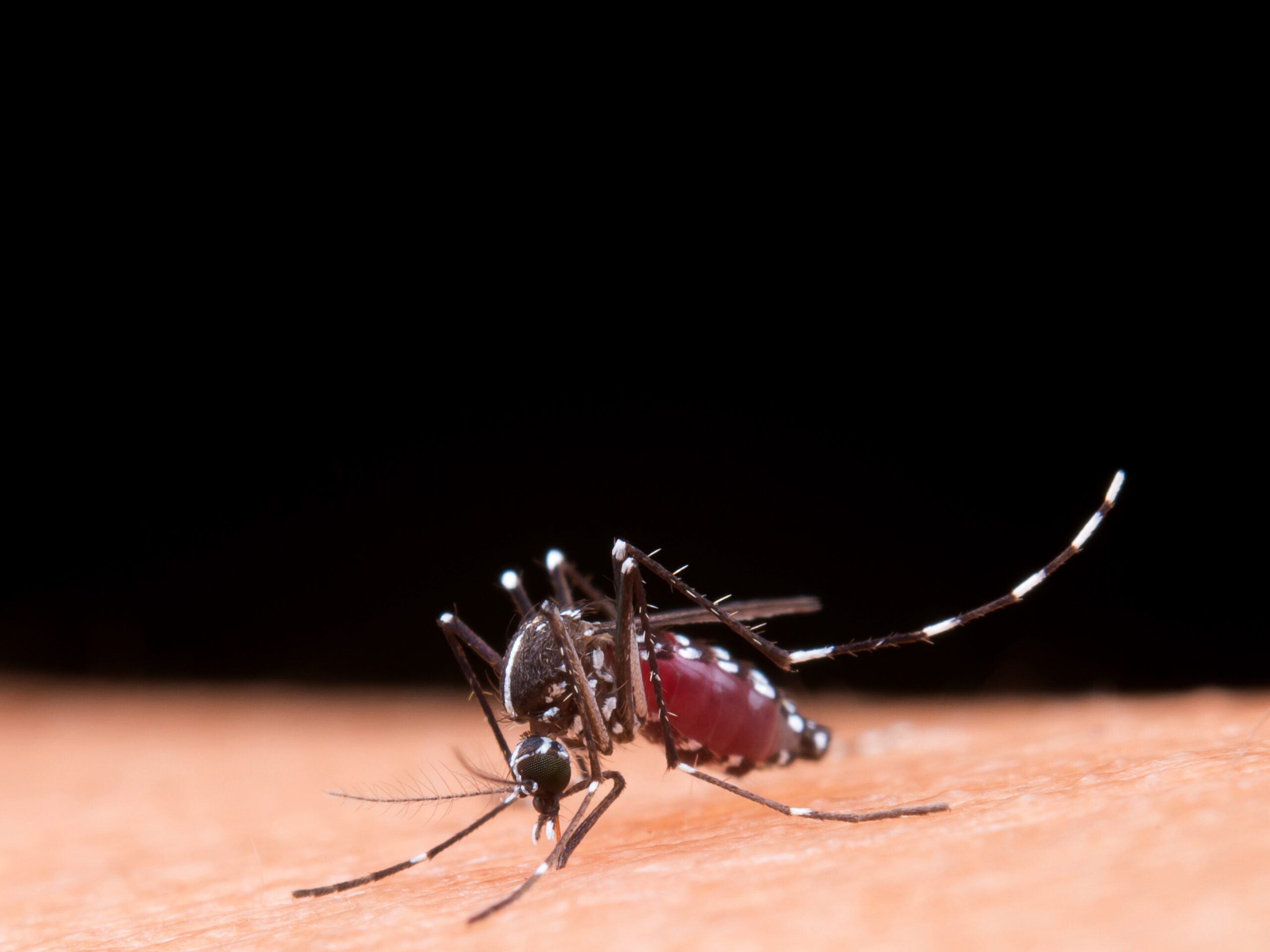Research/Teaching Assistant, Information and Computer Technology, Lead City University, Nigeria
January 20, 2021
Research Objectives
The main goal of the study was to assess the current status of Lymphatic Filariasis transmission and to identify environmental and behavioral determinants influencing disease persistence in endemic regions.
Specific objectives included:
-
Estimating infection prevalence and intensity among community members.
-
Identifying socio-demographic and behavioral risk factors associated with infection.
-
Monitoring vector populations to detect ongoing transmission using molecular and entomological methods.
-
Assessing the impact and coverage of mass drug administration (MDA) programs implemented for LF control.
-
Evaluating the community’s knowledge and compliance with elimination initiatives.
1. Field Epidemiology
-
Conducted household surveys, structured interviews, and community sampling to collect demographic, clinical, and behavioral data.
-
Recorded socio-economic indicators, occupation, sanitation status, and awareness of LF and its preventive measures.
-
Collected blood samples from participants during night surveys (peak microfilariae activity period) to determine infection prevalence.
2. Laboratory Diagnostics
-
Utilized microscopy and rapid diagnostic tests (RDTs) to detect Wuchereria bancrofti microfilariae in human blood samples.
-
Validated results through slide examination and parasite identification, ensuring accurate infection detection and quantification.
-
Maintained biosafety standards in all sample collection and diagnostic procedures.
3. Entomological Surveillance
-
Conducted vector trapping to capture mosquito populations from target communities.
-
Performed molecular xenomonitoring to detect the presence of W. bancrofti DNA in vector species, confirming ongoing transmission potential.
-
Identified vector genera and assessed density indices to determine transmission hotspots.
4. Data Analysis and Modeling
-
Analyzed collected data using descriptive statistics and regression modeling.
-
Estimated infection prevalence, calculated mean microfilariae densities, and assessed determinants of transmission using statistical correlation.
-
Evaluated temporal and spatial patterns of infection and vector distribution.
5. Program Evaluation
-
Reviewed Mass Drug Administration (MDA) records to assess treatment coverage and community participation.
-
Measured compliance rates, program effectiveness, and overall alignment with WHO elimination benchmarks.
-
Provided data-driven recommendations for improving deworming campaigns and monitoring frameworks.
2. Laboratory Diagnostics
-
Utilized microscopy and rapid diagnostic tests (RDTs) to detect Wuchereria bancrofti microfilariae in human blood samples.
-
Validated results through slide examination and parasite identification, ensuring accurate infection detection and quantification.
-
Maintained biosafety standards in all sample collection and diagnostic procedures.
4. Data Analysis and Modeling
-
Analyzed collected data using descriptive statistics and regression modeling.
-
Estimated infection prevalence, calculated mean microfilariae densities, and assessed determinants of transmission using statistical correlation.
-
Evaluated temporal and spatial patterns of infection and vector distribution.
Key Findings and Outcomes
-
Determined active transmission pockets of W. bancrofti within surveyed communities.
-
Identified demographic and behavioral risk factors, including poor sanitation and inconsistent MDA participation.
-
Detected vector presence confirming ongoing transmission cycles despite repeated MDA rounds.
-
Highlighted gaps in program coverage and public awareness, providing insights for refining LF elimination strategies.
-
Produced data supporting evidence-based decision-making for LF control programs in Ogun State.
Research Significance
This study contributes critical epidemiological and entomological evidence toward eliminating Lymphatic Filariasis as a public health problem in Nigeria.
It supports national and global efforts by:
-
Providing baseline data for regional surveillance and program evaluation.
-
Reinforcing the need for integrated vector control and community education.
-
Enhancing understanding of the human–vector–parasite interaction in LF transmission.
-
Informing policymakers and public health officers on the efficacy of current interventions and potential areas for improvement.
Key Outcomes
-
Determined active transmission pockets of W. bancrofti within surveyed communities.
-
Identified demographic and behavioral risk factors, including poor sanitation and inconsistent MDA participation.
-
Detected vector presence confirming ongoing transmission cycles despite repeated MDA rounds.
-
Highlighted gaps in program coverage and public awareness, providing insights for refining LF elimination strategies.
-
Produced data supporting evidence-based decision-making for LF control programs in Ogun State.
Research Significance
This study contributes critical epidemiological and entomological evidence toward eliminating Lymphatic Filariasis as a public health problem in Nigeria.
It supports national and global efforts by:
-
Providing baseline data for regional surveillance and program evaluation.
-
Reinforcing the need for integrated vector control and community education.
-
Enhancing understanding of the human–vector–parasite interaction in LF transmission.
-
Informing policymakers and public health officers on the efficacy of current interventions and potential areas for improvement.
Tools and Technologies
-
Field Tools: Mosquito traps, structured questionnaires, and GPS mapping for survey coordination.
-
Laboratory Methods: Microscopy, Rapid Diagnostic Tests (RDTs), and molecular xenomonitoring.
-
Data Analysis Software: SPSS and Microsoft Excel for statistical and prevalence modeling.
-
Epidemiological Metrics: Prevalence rates, risk factor correlation, and coverage efficiency indices.
Tools and Technologies

-
Field Tools: Mosquito traps, structured questionnaires, and GPS mapping for survey coordination.
-
Laboratory Methods: Microscopy, Rapid Diagnostic Tests (RDTs), and molecular xenomonitoring.
-
Data Analysis Software: SPSS and Microsoft Excel for statistical and prevalence modeling.
-
Epidemiological Metrics: Prevalence rates, risk factor correlation, and coverage efficiency indices.







